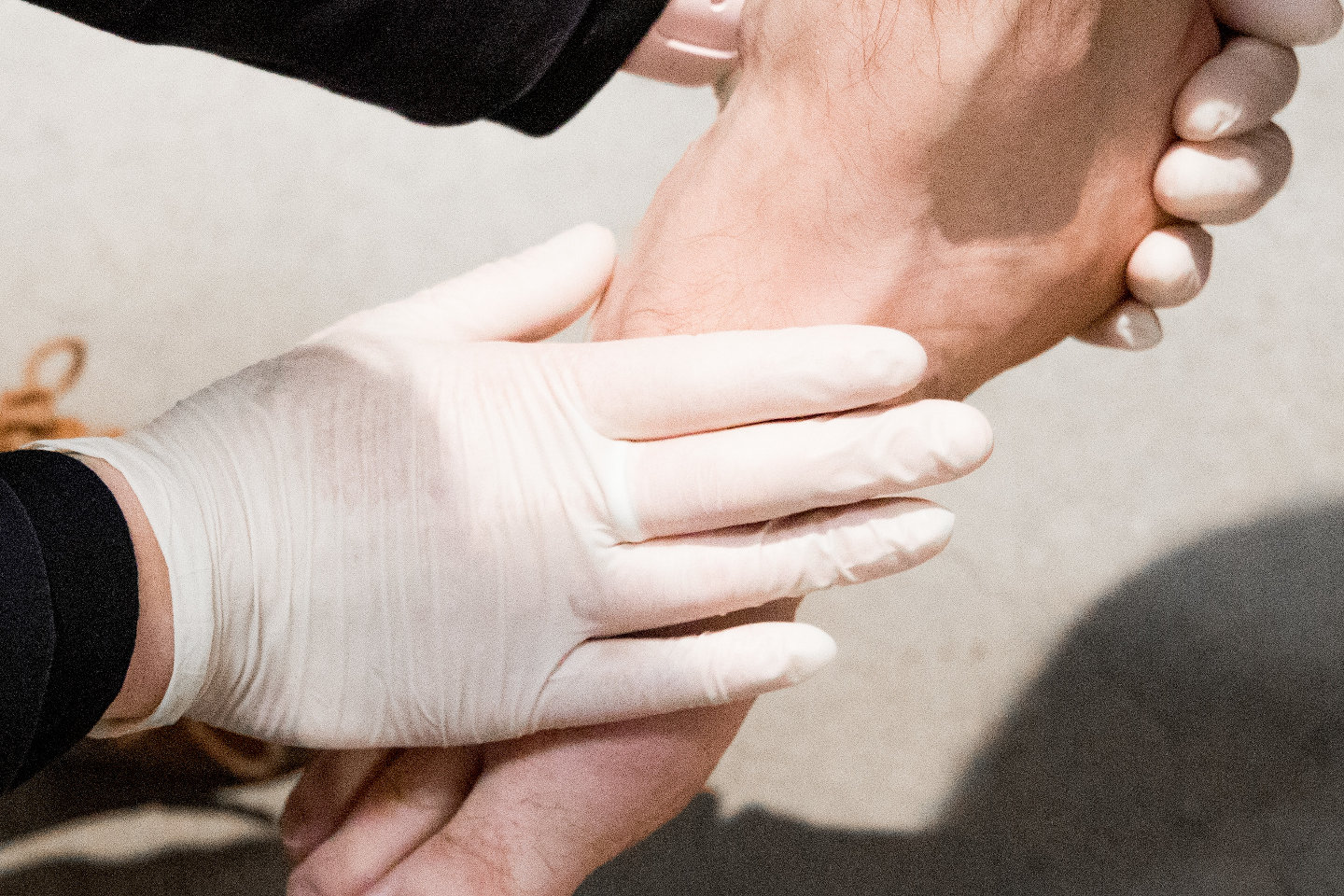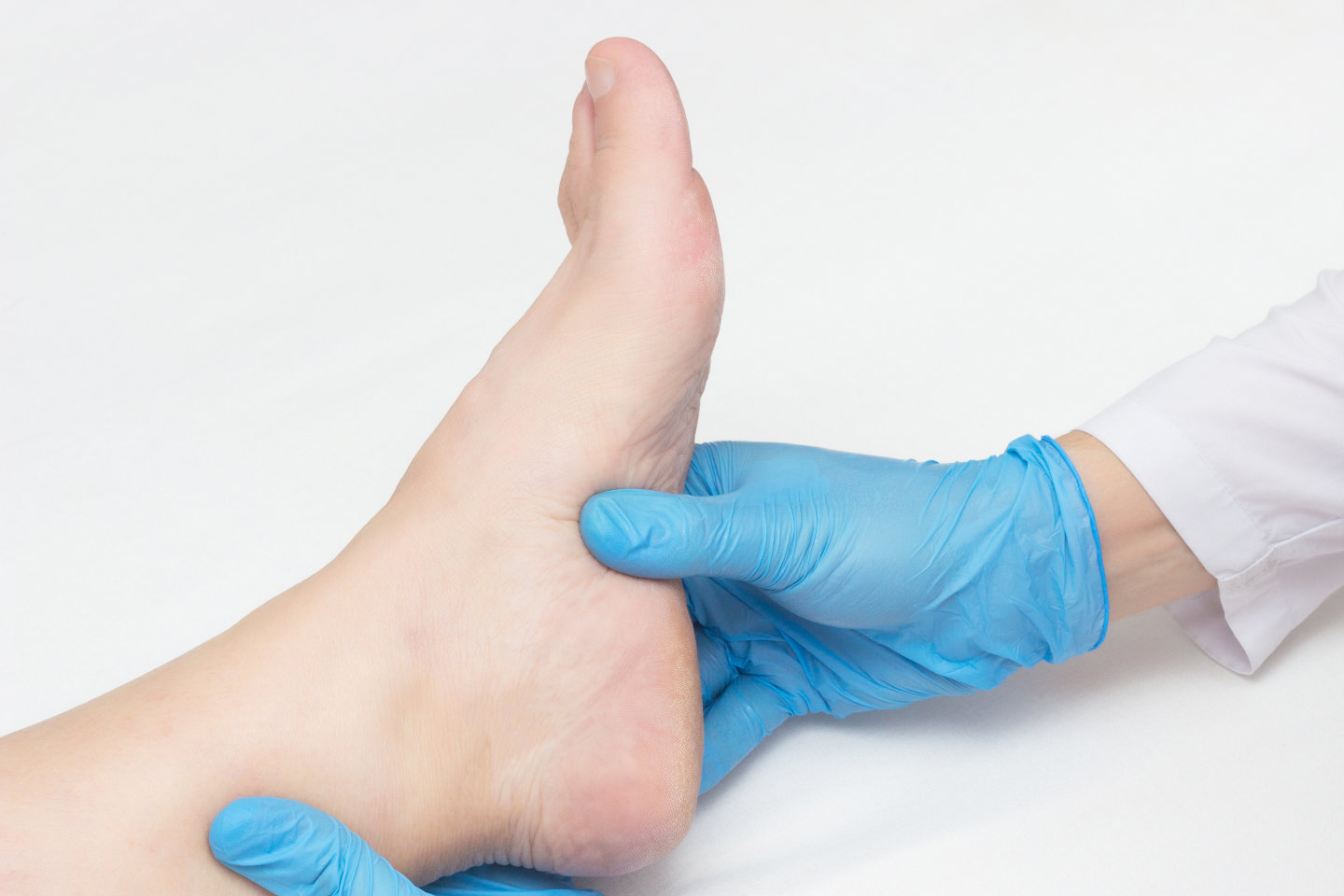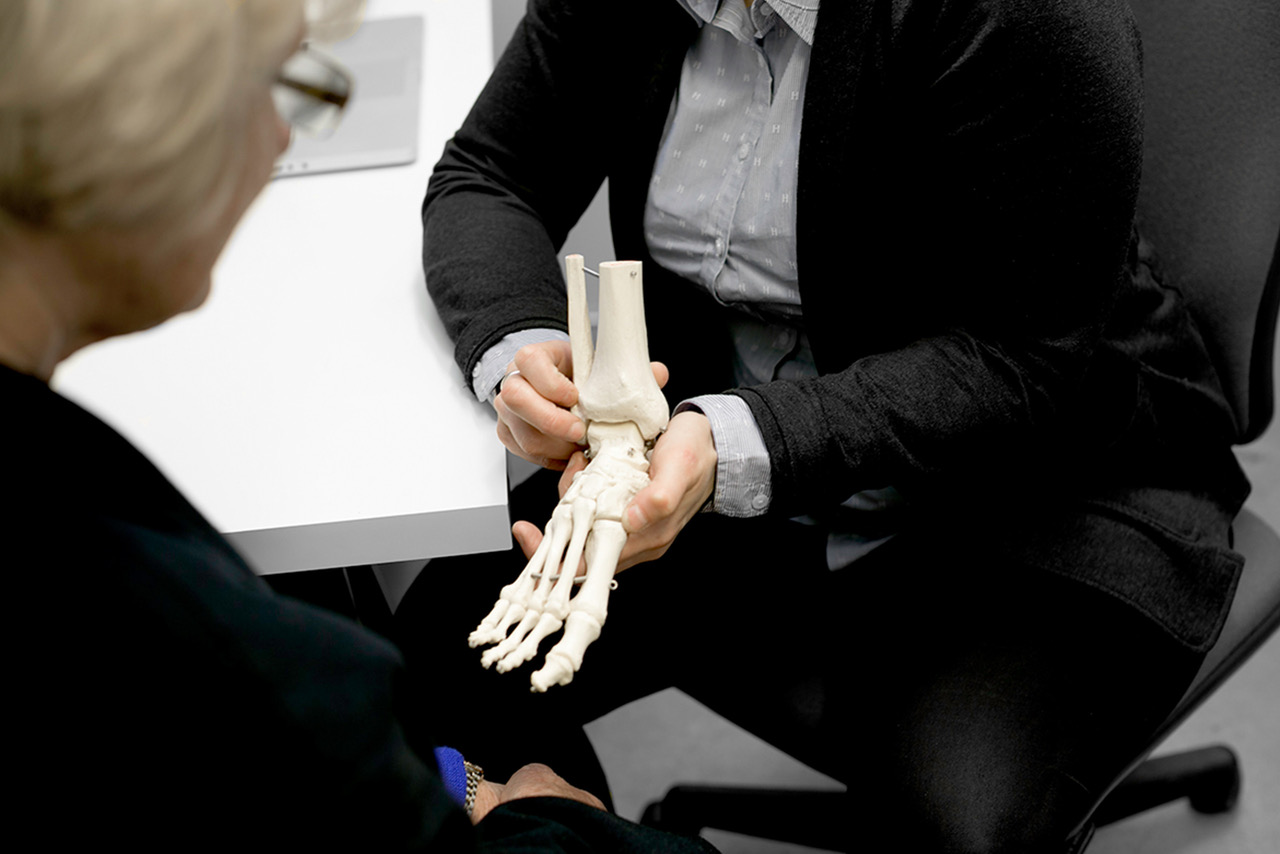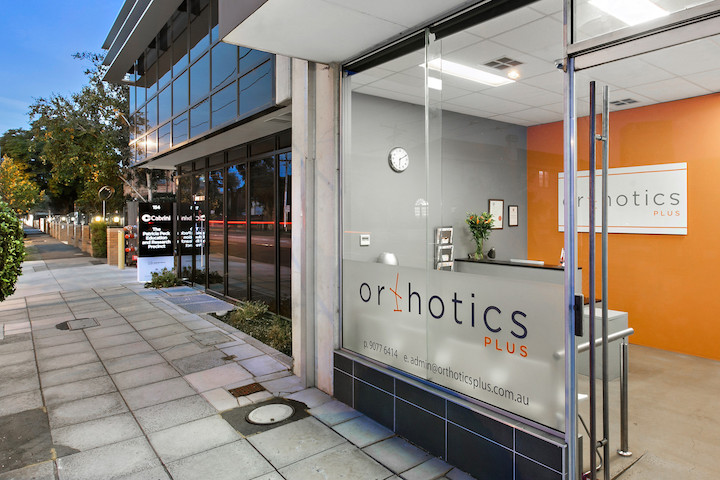What is Foot Pronation?
Foot pronation technically is a foot condition that comprises three different movements:
- Subtalar eversion- outward rotation of the hindfoot
- Ankle dorsiflexion- the foot lifting upwards
- Foot abduction- the front of the foot twisting outwards
Pronation is commonly referred to as flat feet. It is a triplanar movement and the treatment of which depends on the combination of movements that are involved.

Risks of Foot Pronation
Foot pronation can vary in its severity and is determined by the natural foot movement of the individual. As such, we describe the condition as mild, moderate or severe.
In many cases, there is a genetic component to flat feet. There are also several other factors which can exacerbate an existing predisposition for foot pronation. For example, above average body weight or a dramatic increase in body weight can likewise increase the risks of flat feet.
Other potential contributors include high activity over long periods of time or a traumatic event (ie: ankle fracture, rolling the ankle) – which can lead to muscular or tendon imbalances, which can also increase pronation.
Other conditions can also increase the risk of foot pronation. For example, the development of arthritis can significantly alter foot posture and/or bone alignment. Many conditions that may cause disruption to the joints of the feet or alignment of the bones of the foot can cause foot pronation as a secondary effect.

Symptoms of Foot Pronation
Long term, foot pronation can result in a change of foot posture which should be apparent from visual appraisal alone.
Those affected can develop significant pain in a number of areas. This could involve the development of pain on the inside of the ankle and foot, likely due to strain on the tibialis posterior tendon.
People can also develop pain on the outside of the ankle, where we experience compression through the subtalar joint on the outside of the ankle. And if arthritis is also involved, then you can get a development of bony protrusions and a different foot shape.

Identification & Assessment of Foot Pronation
Foot pronation is diagnosed via a subjective assessment.
This involves questioning the pain levels, location of the pain, and how/when it started.
Then we perform a physical assessment to review range of motion in the three planes previously mentioned (eversion, dorsiflexion and forefoot abduction ROMs).
From there, we determine if we can correct some of the pronation that they have and whether it can be classified as a flexible deformity or a rigid deformity. Finally, we conduct the most important assessment through looking at them in standing and walking positions to see how the arches move.

How Foot Orthotics Treat Foot Pronation
Depending on the severity of the pronation, there’s a number of different treatments.
One of the most common treatments is custom foot orthotics. The aim of custom foot orthotics is to provide arch support and medial wedging to correct the foot posture to reduce abnormal stress on the foot and ankle.
In more severe cases, we need to control the deformity higher up the leg. In that event, we may consider an ankle brace or an AFO or similar devices that provide greater control of the foot and ankle posture.

Book an Assessment at Orthotics Plus
Orthotics Plus has multiple clinic locations throughout Melbourne, and we’d love to hear how we can help you.
- Same-day appointments are usually available
- We create the finest quality custom foot Orthotics
- All staff are university qualified and experienced
- We are kind and caring towards your situation
Please use our clinic locations to view your nearest Orthotics Plus.

FAQ
Foot pronation does not change over time, even with custom foot orthotics.
It is a condition that needs to be managed. The goal of treatment is not to give you a perfect foot posture, but to improve your foot posture, reduce pain and improve comfort.
More often than not, foot pronation will be present in both feet.
In fringe cases, it may only exist on one side, such as if there has been a traumatic injury that might have caused it. So if you’ve had significant ankle sprain or tendon damage, then you might see it on one side more than the other.
Foot pronation has been associated with arthritis, ligament and tendon sprains and injuries, ankle fractures or recovery from an ankle fracture.
It can also develop secondary to certain neurological conditions like stroke or MS, which can cause a significant muscle imbalance and thereby increase the risk of foot pronation.
Foot pronation affects an incredibly broad range of patients, from paediatrics to adults. There is no specific demographic.